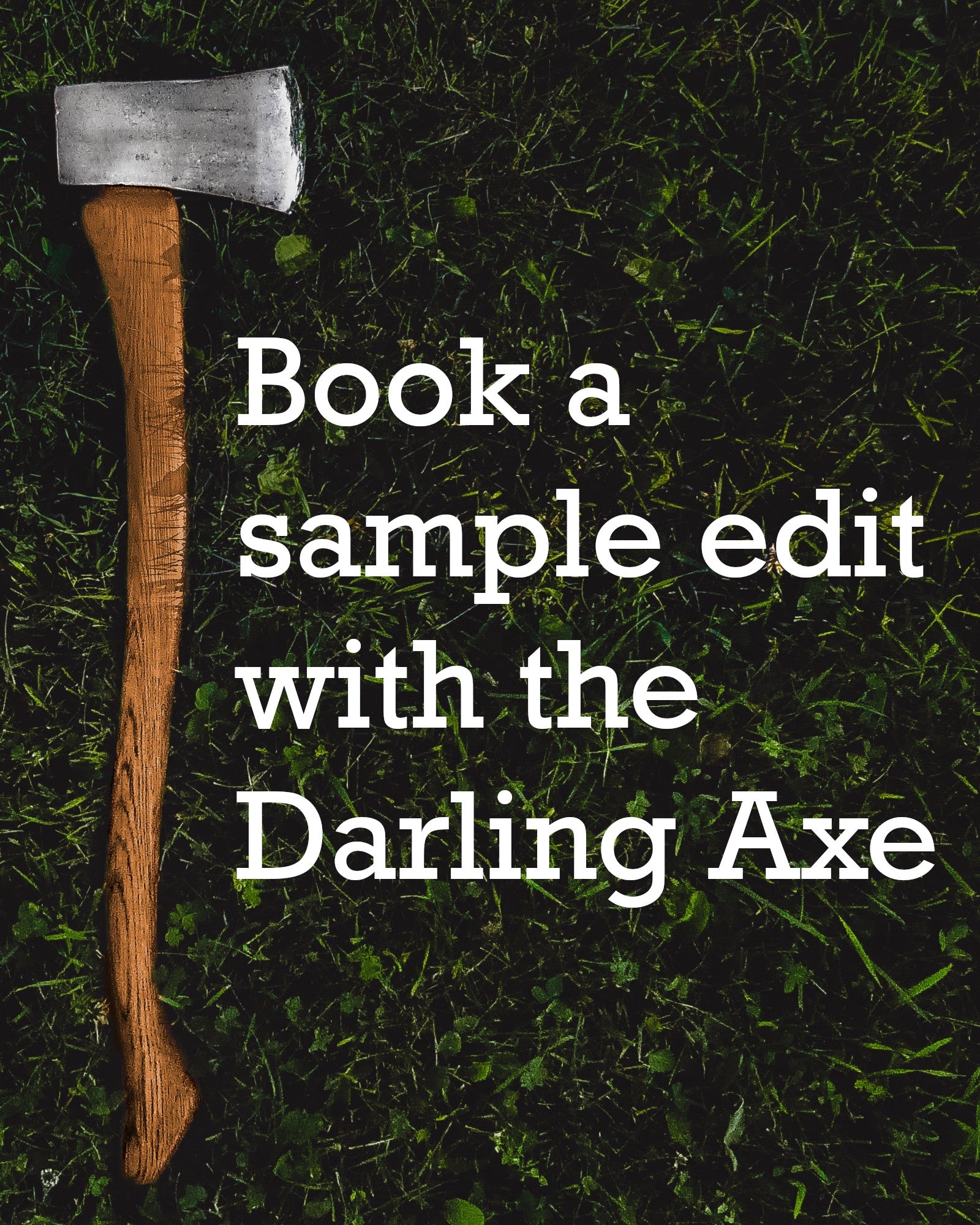Backstory: Handle with Care

By Michelle Barker and David Brown
Backstory can be an effective tool for developing character and adding tension, but it often gets mishandled. In simplest terms, backstory becomes a problem when there’s too much of it, and when it comes too soon.

Backstory can include information about a character’s personal history and interpersonal conflicts, or it might have to do with the broader historical context: world-building or explanations about the setting, real or fictional world history, and tidbits from the author’s research.
Here’s a simple guideline to consider: if readers don’t care about what a character is DOING, they aren’t likely to care about who they are, why they are, or where they are. As such, readers should want to know more about a character’s backstory before the backstory appears on the page.
The writer’s maxim: show, don’t tell
Backstory is a form of telling, which reduces a reader’s participation in the narrative. By explaining backstory rather than hinting at it, readers lose the opportunity to play the detective: observing, noticing, and coming to their own conclusions. Similarly, by frontloading your manuscript with backstory, you are stalling the story and cutting your readers out of the process of discovery.
RUE: Resist the Urge to Explain. This is particularly important at the beginning of your novel. Let readers connect directly with the protagonist in dynamic scenes where the characters are taking action and making decisions. This is the strongest storytelling mode for creating plot momentum AND conveying character. Let the story come first. Backstory, world-building, and research work best when they serve the story, and not the other way around.
Hot to use backstory effectively
There will be times when you’ll need to use backstory in fiction, so here are some strategies for slipping it in unobtrusively:
- Proceed on a need-to-know basis. Ask yourself: what does the reader need to know right now? If they don’t need to know it, leave it out.
- Integrate it into a scene—sneak some telling into your showing.
- Sprinkle information around. Don’t put it all in one place.
- Keep it brief.
Try something drastic

Literary agent Donald Maass suggests combing the first fifty pages of your novel for any sections of backstory, cutting them, and pasting them into Chapter Fifteen.
Those sections might not actually belong in Chapter Fifteen, but you may find one of two things: You don’t need them at all, or they might be better placed somewhere after the midpoint of your novel.
In this way, you can use backstory to deepen an existing problem or answer a long-standing question—illuminating a character rather than just using backstory as set-up.
As a fiction writer, you have one job: to tell a story

You are not writing an essay, a history book, or a biography. Anything you choose to include must serve the story. If it doesn’t, then it belongs on the cutting-room floor.
If you use only a minimum of backstory or none at all, you will create a gap between what’s happening in the story and why it’s happening. This gap serves to heighten tension.
Readers don’t need all the answers at the beginning of a novel. They like to put things together based on the clues you give them. Reading then becomes a process of discovery that includes the reader; the anticipation of finding things out slowly is part of that process.
This article was originally published in Wordworks Magazine, 2020, Volume III.

Michelle Barker is an award-winning author and poet. Her most recent publication, co-authored with David Brown, is Immersion and Emotion: The Two Pillars of Storytelling. Her fiction, non-fiction, and poetry have appeared in literary reviews worldwide. She has published three YA novels (one fantasy and two historical fiction), a historical picture book, and a chapbook of poetry. Michelle holds a BA in English literature (UBC) and an MFA in creative writing (UBC). Many of the writers she’s worked with have gone on to win publishing contracts and honours for their work. Michelle lives and writes in Vancouver, Canada.

David G Brown is an award-winning short fiction writer with over twenty years' experience as an editor. He has published poetry, fiction, and nonfiction in magazines and literary journals, and he volunteers for the Malahat Review where he interviews writing judges and screens contest entries. He holds a BA in anthropology (UVic) and an MFA in creative writing (UBC). As an editor, he pays special attention to structure, relationship arcs, and voice. David founded Darling Axe Editing in 2018.







